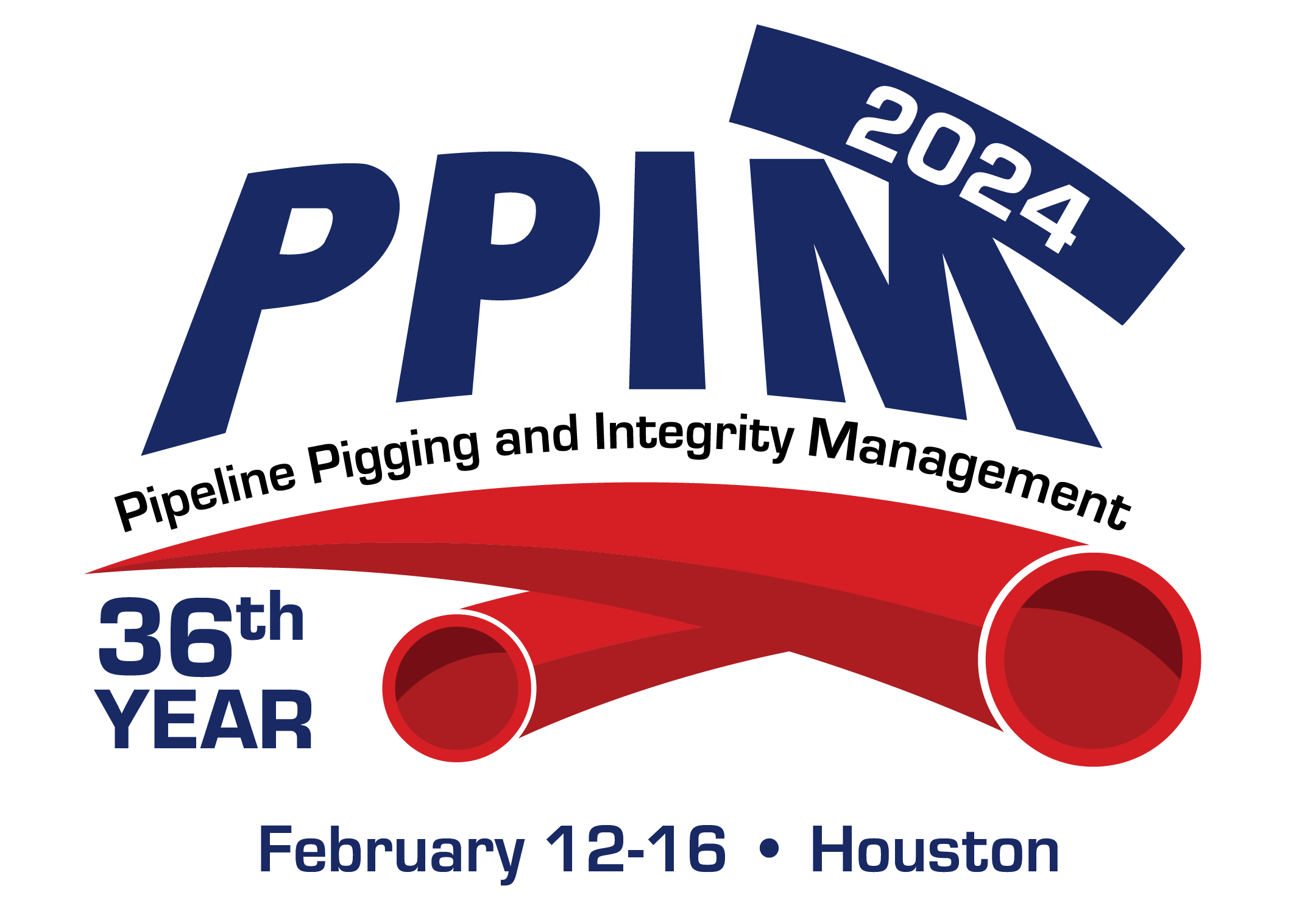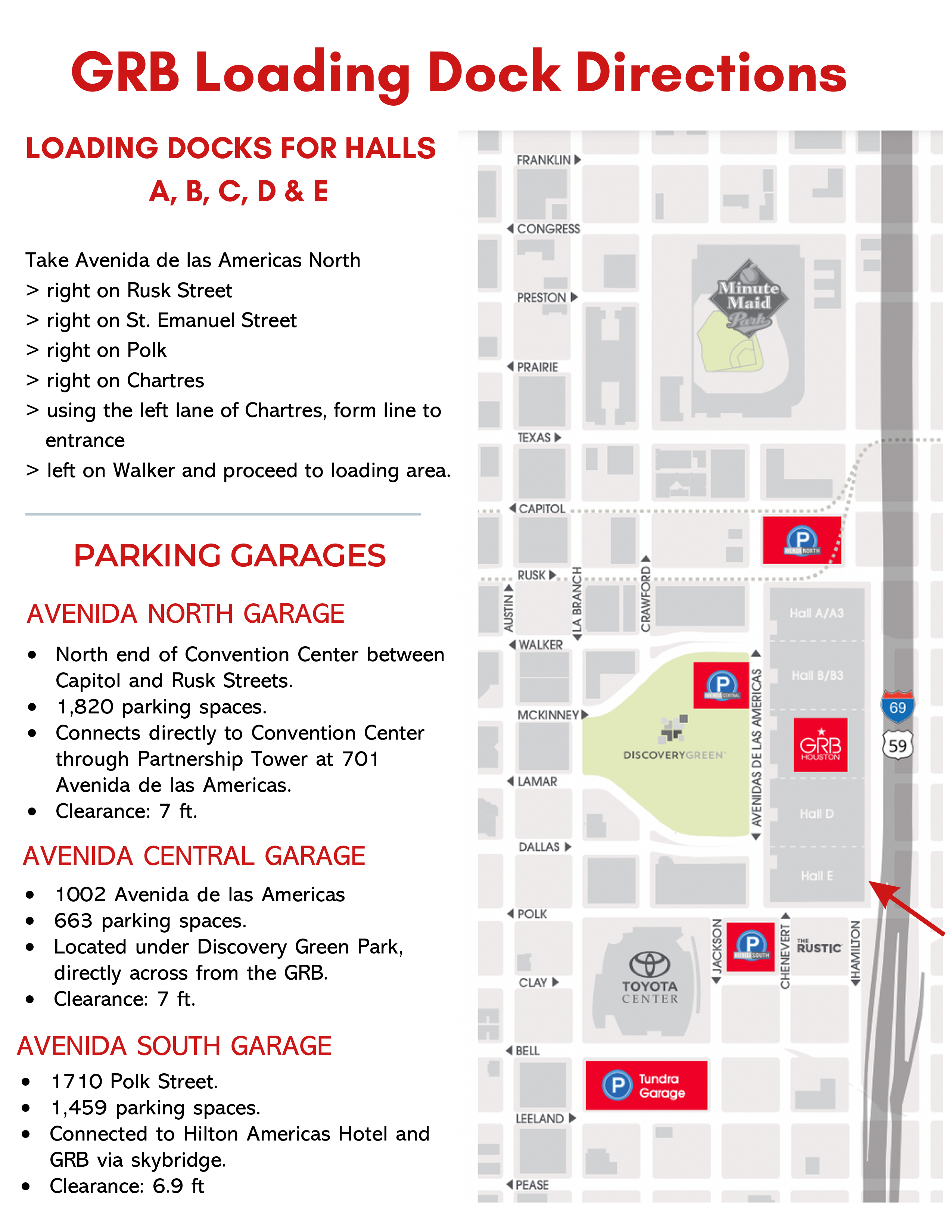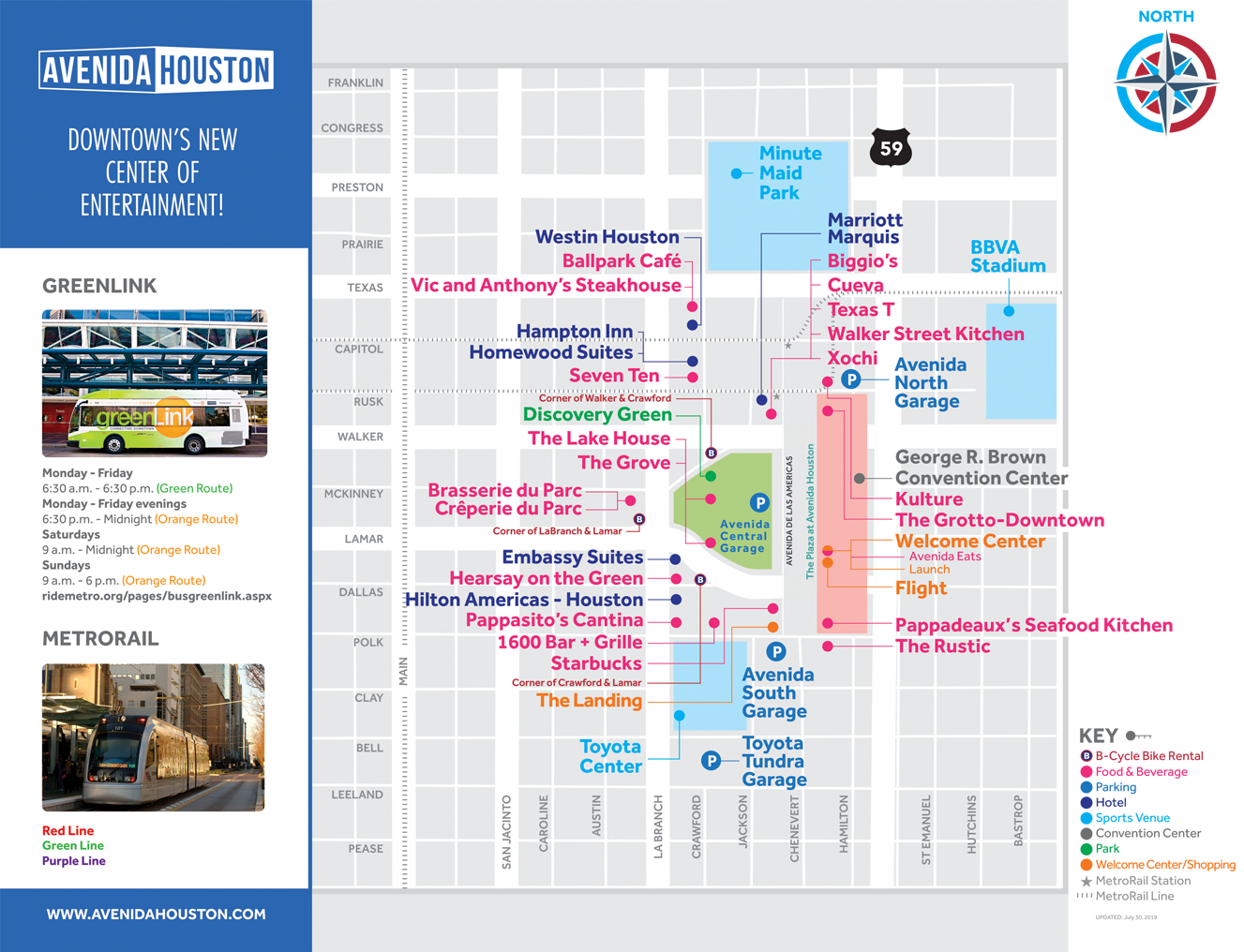Tuesday, February 7
| 5:00pm | Registration, exhibition opens |
|
Exhibition Reception sponsored by |
|
Wednesday, February 8
| 7:00 | Breakfast | |||
| 7:00 | Registrations open | |||
| 1.0 Plenary - Opening Session | ||||
| Session chair: Tyler Tunic, Williams | ||||
| 8:00 | Opening remarks | |||
| 8:15 |
1. PHMSA Updates Related to Data and GIS Monique Roberts¹, Leigha Gooding², Blaine Keener² ¹PODS Association, Houston, USA, ²PHMSA, Washington DC, USA |
|||
| 8:45 | Young Pipeline Professional Annual Recognition Award Presentation | |||
| 9:00 |
2. Evaluating the Suitability of the US Pipeline Network for Hydrogen Service Simon Slater¹, Neil Gallon², Ryan Sager³, Richard Ingolia³, Sebastiaan Schuite³
¹ROSEN, Columbus, USA, ²ROSEN, Newcastle upon Tyne, UK, ³ROSEN, Houston, USA, |
|||
| 9:30 |
3. Your API 5L Vintage Line Pipe Fracture Toughness Data Would Likely Fall Within This Range Sergio Limon¹, Carlos Madera², Kevin Coulter³, Ken George⁴, Ravi Krishnamurthy⁴ ¹Blade Energy Partners, Salt Lake City, UT, USA, ²Dow Chemical, Angleton, TX, USA, ³Dow Chemical, Freeport, TX, USA, ⁴Blade Energy Partners, Houston, TX, USA |
|||
| 10:00 | Refreshment Break | |||
| Session chair: Dr Andrew Cosham, Ninth Planet Engineering Ltd | ||||
| 11:00 |
4. Applying API RP 1183 to Real-World In-Line Inspection Dent Data Aaron Lockey¹, Susannah Turner¹, Tim Turner¹, Mike Kirkwood² ¹Highgrade Associates, Newcastle, UK, ²T.D. Williamson, Swindon, UK |
|||
| 11:30 |
Enyang Wang¹, Aaron Dinovitzer¹, Rick Gailing¹, Abdelfettah Fredj¹, Bingyan Fang², Jing Ma³ ¹BMT, Ottawa, Canada, ²Baker Hughes, Calgary, Canada, ³Exxon Mobil, Houston, USA |
|||
| 12:00 |
6. Three Emerging Threats: Climate Change, Cyberattack and Vandalism Eduardo Munoz¹ ¹Dynamic Risk, Calgary, Canada |
|||
| 12:30 |
Lunch sponsored by |
|||
| 1.1 Integrity Management 1 | 2.1 ILI Verification 1 | 3.1 Dents 1 | 4.1 Pigging Operations 1 Sponsored by WELDFIT | |
| Session chair: Dr. Fan Zhang, Phillips 66 | Session chair: Dr. Tom Bubenik, DNV | Session chair: Terry Shamblin, Equitrans Midstream | Session chair: Dr. Peter Veloo, PG&E | |
| 2:00 |
7. Thought Bias: The Hidden Pipeline Integrity Threat Michael Rosenfeld¹, Joel Anderson¹ ¹RSI Pipeline Solutions, LLC, New Albany, USA |
12. Pipeline Integrity Dig Lessons Learned, Challenges, and Improvements Nathan Weigl¹, Jordan Brooke¹, Alireza Kohandehghan² ¹Pacific Northern Gas Ltd., Smithers, Canada, ²Pacific Northern Gas Ltd., Vancouver, Canada |
Shanshan Wu¹, Joe Bratton¹, David Kemp², Jing Wang³ ¹DNV, DUBLIN, USA, ²DNV, Dublin, USA, ³TC Energy, Calgary, Canada |
22. ILI Tool Speed Control Using Gas Recompression – Better Data / No Venting or Flaring Adam Murray¹, Branden Allen¹ ¹WeldFit Corporation, Houston, USA |
| 2:30 |
Ehsan Jalilian¹, Steven Koles¹, Mike Hooper¹, John Hull¹ ¹Hifi, Calgary, Canada |
Sayan Pipatpan¹, Tannia Haro² ¹NDT Global, Stutensee, Germany, ²NDT Global, Houston, USA |
18. Detaining Dents – Determining Restraint for Dents Measured by ILI Case Study Christopher Newton¹, Jonathan Hardy² ¹Phillips 66, USA, ²T.D. Williamson, USA |
Jeff Witwer¹, Rita Hansen¹, Mitch Jacobs¹ ¹Onboard Dynamics, Bend, USA |
| 3:00 |
Eric Bergeron¹, Alexandre Thibeault1, Ray Philipenko² ¹Flyscan Systems Inc., Quebec, Canada, ²Enbridge Pipelines, Edmonton, Canada |
14. Perception vs Reality: Managing ILI Verification for Internal Corrosion Paul Spoering¹, Mike Niosi¹, Taras Bolgachenko¹, Keith Walters¹ ¹Onstream Pipeline Inspection, Calgary, Canada |
Morry Bankehsaz¹, Ryan Sager¹, David Slane² ¹ROSEN USA, Houston, USA, ²PG&E, San Ramon, USA |
24. Keeping Pigging Safely Grounded as Hydrogen Takes-Off Neil McKnight¹,Mike Kirkwood¹ ¹T.D. Willliamson, Newcastle, UK |
| 3:30 | Refreshment Break | |||
| 1.2 Material Identification / Verification 1 | 2.2 'Unpiggable' Pipelines | 3.2 Dents 2 | 4.2 Pigging Operations 2 | |
| Session chair: Dr. Keith Leewis, L&A, Inc. | Session chair: Nelson Tonui, Trans Mountain Canada Inc. | Session chair: Terry Shamblin, Equitrans Midstream | Session chair: Christopher De Leon, D2 Integrity | |
| 4:30 |
10. A Probabilistic Method to Predict Nominal Wall Thickness Owen Oneal¹, Masoud Moghtaderi-Zadeh¹, Peter Veloo¹, Colin Bullard¹, Cameron Fisch¹, Michael Fernandez² ¹Pacific Gas & Electric, Oakland, USA, ²Kiefner & Associates, Inc., Sugarland, USA |
15. Preventing Product Releases into Coastal Waterways and Ship Channels Joseph Lamberth¹ ¹Quest Integrity, Stafford, USA |
20. Navigating the New §192.712 Regulation on Dents Rhett Dotson¹, Fernando Curiel² ¹D2 Integrity, LLC, Houston, USA, ²DCP Midstream, Houston, USA |
25. Using Controlled Acoustics to Find a Stuck Pig Steven Bourgoyne¹, David Murray¹ ¹Seismos, Austin, USA |
| 5:00 |
11. Operator Statistical and Probabilistic Grade Estimation Using API 1176 Tara McMahan¹, William Harper¹, Tom Bubenik¹, Benjamin Hanna¹, Adriana Nenciu² ¹DNV GL, Dublin, USA, ²Otterbein University, Westerville, USA |
Mohamed Ali Abdullah¹ ¹PETRONAS, Kuala Lumpur, Malaysia
|
Pedro Guillen¹, Jamie Martin¹, Ricardo Alarcon², Roberto Jadue² ¹ROSEN Group, Newcastle upon Tyne, UK, ²SONACOL, Santiago, Chile |
26. The Mega Rule brings greater challenges to "Pigging the Unpiggable". Buck Houchin¹, Martin Ridge², Dorian Granizo², Joe Conine² ¹PIC Chemicals, Tomball, USA, ²Sanccus Limited, Aberdeen, UK |
| 5:30 | Conference Day 1 concludes | |||
| 5:00 |
Exhibition Reception sponsored by |
|||
Thursday, February 9
| 7:00 | Breakfast | |||
| 7:00 | Registration open | |||
| 5.1 ILI Analysis 1 | 6.1 Material Identification / Verification 2 | 7.1 Security & Theft | 8.1 Crack Assessment & Management | |
| Session chair: Gary Krichau, Northern Natural Gas Company | Session chair: Tara McMahan, DNV | Session chair: Marcelino Guedes Gomes, PIPELINEBRAZIL | Session chair: Dr. Jing Ma, ExxonMobil | |
| 8:00 |
27. Minimizing the Error in Corrosion Growth Rate Estimation from Box-to-Signal Matching Jed Ludlow¹, Jonathan Hardy¹ ¹T.D. Williamson, Salt Lake City, USA |
Peter Martin¹, Jeffrey Kornuta², Emily Brady², Nathan Switzner², Jonathan Gibbs³, Peter Veloo³ ¹RSI, New Albany, USA, ²Exponent, Houston, USA, ³Pacific Gas & Electric, Walnut Creek, USA |
50. One step ahead: the Italian experience on coping with Illegal Tapping Marco Marino¹ ¹SolAres Srl, Milan, Italy |
Oscar Anguila¹, Francisco Ibarrola¹, Jordi Aymerich¹, Rogelio Guajardo¹, Katherine Hartl² ¹NDT Global, Barcelona, Spain, ²NDT Global, Houston, USA |
| 8:30 |
28. Lessons Learned from Applying Probability of Exceedance (POE) Analyses Tom Bubenik¹, Steven Polasik¹, Ben Hanna¹ ¹DNV USA, Dublin, USA |
Janille Maragh¹, Peter Martin², Joel Anderson2, Jonathan Gibbs³, Jeffrey Kornuta⁴, Peter Veloo³ ¹Exponent, Inc., Menlo Park, USA, ²RSI Pipeline Solutions LLC, New Albany, USA, ³Pacific Gas and Electric Company, San Ramon, USA, ⁴Exponent, Inc., Houston, USA |
51. Challenges Facing Illegal Tapping: Pipeline Protection in Brazil Fabio Evangelho¹ ¹Petrobras Transporte, Rio de Janeiro, Brazil |
63. Leveraging ILI Crack Profiles Lyndon Lamborn¹, Stephan Tappert² ¹Enbridge Liquids Pipelines, Edmonton, Canada, ²Baker Hughes, Stutensee, Germany |
| 9:00 |
29. Beyond Standard ILI Analysis – Meaningful Interaction to Look Out for Specific Threat Dennis Vogel¹, Gurwinder Nagra², Matthew Ma², Garrett Meijer² ¹Baker Hughes, Stutensee, Germany, ²Enbridge, Edmonton, Canada |
Intisar Rizwan i Haque¹, Bryan Feigel¹, Brendon Willey¹, Simon Bellemare¹, Parth Patel¹ ¹Massachusettes Materials Technologies, Natick, USA |
64. Burst Pressure Prediction for Axial Cracks in Pipelines with Complex Profiles Thomas Dessein¹, Ted Anderson² ¹Integral Engineering, Edmonton, Canada, ²TL Anderson Consulting, Cape Coral, USA |
|
| 9:30 | Refreshment Break | |||
| 5.2 Integrity Management 2 | 6.2 ILI Verification 2 | 7.2 Geohazards, sponsored by ROSEN | 8.2 Stress Corrosion Cracking | |
| Session chair: Dr. Keith Leewis, L&A, Inc. | Session chair: Zoe Shall, PRCI | Session chair: Bryan Melan, Tide Water Integrity Services | Session chair: Dr. Fan Zhang, Phillips 66 | |
| 10:30 |
30. In-Depth Review of DOT 192 & 195 Pipeline Incidents and Accidents for 2010-2021 Derek Sollberger¹ ¹IC Solutions, Edmond, USA |
Ian Smith¹, Ted Anderson² ¹IDSmith Pipeline Engineering, London, Canada, ²TL Anderson Consulting, Cape Coral, USA |
53. Above and Below: A Holistic Geohazard Monitoring Solution Daniel Bahrenburg¹, Andy Young², Jason Edwards², Amin Singh², John Norman³ ¹ROSEN, Houston, USA, ²ROSEN, Newcastle, UK, ³Teren, Lakewood, USA |
65. Phenomenology and Traits of SCC – and the ILI Challenge it Presents Brian Leis¹ ¹BN Leis Consultant Inc., Worthington, USA |
| 11:00 |
Bernardo Cuervo¹, Mark McQueen¹ ¹G2 Integrated Solutions, now Entrust Solutions Group, Houston, USA |
42. Tool Performance Estimation Considering the Effect of Fixed vs Variable Slope Thomas Dessein¹, Alex Fraser¹, Juan Rojas¹, Jason Skow¹ ¹Integral Engineering, Edmonton, Canada |
54. How should we respond to geohazards? Rhett Dotson¹, Alex McKenzie-Johnson² ¹D2 Integrity, LLC, Houston, USA, ²Geosyntec Consultants, Inc., The Woodlands, USA |
66. Fatigue Testing (Small and Full Scale) Validation of SCC Recoating Ryan Milligan¹, Ming Gao¹, Ravi Krishnamurthy¹, Richard Kania², Elvis Sanjuan² ¹Blade Energy Partners, Houston, USA, ²TC Energy, Calgary, Canada |
| 11:30 |
32. Survey of Impact: RIN-2 Final Rule – Safety of Gas Transmission Pipelines Chris Bullock¹, Lara Gran², Luke Whitrock³ ¹Integrity Solutions Ltd, Bossier City, USA, ²Integrity Solutions Ltd, Missoula, USA, ³Integrity Solutions Ltd, Denver, USA |
43. Tolerance of ILI validation inspections, why is it important, and how to reduce it Tom Oldfield¹, Spencer Fowler², Daniel Torres² ¹ROSEN, Newcastle, UK, ²ROSEN, Houston, USA |
55. Management of Geohazard Personnel Safety for Working in Challenging Terrain Emily Ortis¹, Tim Waggott², Evan Shih³, Dave Gauthier³, Chad Fournier³ ¹Pacific Northern Gas, Vancouver, Canada, ²Pacific Northern Gas, Terrace, Canada, ³BGC ENGINEERING INC., Vancouver, Canada |
67. From One to Many – Composite Repair of SCC Casey Whalen¹, David Futch², Sean Moran³ ¹CSNRI, Houston, USA, ²ADV Integrity, Waller, USA, ³Williams, Salt Lake City, USA |
| 12:00 | Lunch | |||
| 5.3 ILI Analyis 2 | 6.3 ILI Applications 1 | 7.3 Engineering Assessment 1 | 8.3 Crack Assessment & Management 2 | |
| Session chair: Terry Shamblin, Equitrans Midstream | Session chair: Daniel Ostahowski, Williams | Session chair: Bryan Melan, Tide Water Integrity Services | Session chair: Dr. Tom Bubenik, DNV | |
| 1:30 |
33. Applying Ultra-High-Resolution MFL to Achieve a Better Integrity Assessment of Pits-in-Pits. Rick Desaulniers¹ ¹Entegra, Toronto, Canada |
Sebastian Huehn¹, Dietbert Wortelen¹, Werner Thale¹, Christian Otte¹ ¹ROSEN Technology and Research Center GmbH, Lingen, Germany |
Parth Iyer¹, Cassandra Moody² ¹Dynamic Risk Assessment Systems, Inc., Calgary, Canada, ²Time For Change, LLC., Houston, USA |
68. Measuring Toughness with Instrumented Indentation Methods: Fact or Fiction? Ted Anderson¹ ¹TL Anderson Consulting, Cape Coral, USA |
| 2:00 |
Kerstin Munsel¹, Katherine Hartl¹, Christoph Jaeger², Santiago Urrea³ ¹NDT Global, Houston, USA, ²NDT Global, Stutensee, Germany, ³NDT Global, Stutensee, USA |
45. Knowing the Long Seam: Essential Insights Using UHR MFL Technology Miguel Galeana¹, Rick Desaulnier¹ ¹Entegra, Indianapolis, USA |
Dave Warman¹, Dan Jia¹, Yong-Yi Wang¹, Michael Bongiovi², Chad Destigter² ¹Center for Reliable Energy Systems, Dublin, USA, ²Enterprise Products, Houston, USA |
Nathan Switzner¹, Michael Rosenfeld², Peter Martin², Peter Veloo³, Brian Patrick³, Lanya Ahmed³, Joel Anderson⁴ ¹American University of Iraq, Sulaimani, Sulaymaniyah, Iraq, ²RSI -Pipeline Solutions, New Albany, USA, ³Pacific Gas and Electric, San Ramon, USA, ⁴RSI -Pipeline Solutions, Oklahoma City, USA |
| 2:30 |
Simon Slater¹, Khanh Tran¹, Ann Reo², Sean Moran², Jason Edwards¹, David Futch³ ¹ROSEN, Columbus, USA, ²Williams, Tulsa, USA, ³ADV Integrity, Magnolia, USA |
58. Accounting for Residual Stress in the Predicted Failure Pressure Calculation Michael Rosenfeld¹, Scott Fannin² ¹RSI Pipeline Solutions LLC, New Albany, USA, ²Pacific Gas and Electric, San Ramon, USA |
70. CVN or CTOD for Pipeline Fracture Mechanics? An Overview of Advantages and Disadvantages Jonathan Brewer¹, Colton Sheets¹ ¹Stress Engineering Services, Inc., Houston, USA |
|
| 3:00 | Refreshment Break | |||
| 5.4 Risk Assessment | 6.4 Selective Seam Weld Corrosion (SSWC) sponsored by NDT Global | 7.4 Engineering Assessment 2 | 8.4 Crack Assessment & Management 3 | |
| Session chair: Gary Krichau, Northern Natural Gas Company | Session chair: Bryan Melan, Tide Water Integrity Services | Session chair: Dr. Peter Veloo, PG&E | Session chair: Dr. Jing Ma, ExxonMobil | |
| 3:30 |
35. Optimizing Risk Decisions with Imperfect Data Joel Anderson¹ ¹RSI Pipeline Solutions, Oklahoma City, USA |
47. Validating Selective Seam Weld Corrosion Classification Using ILI Technology Matthew Romney¹, Dane Burden¹, Ron Lundstrom¹ ¹T.D. Williamson, Salt Lake City, USA |
59. Estimate Pressure at Feature Location in a Complex Pipeline System Fan Zhang¹, Daniel Gutierrez¹ ¹Phillips 66, Houston, USA |
71. A Case Study of Crack Diagnosis in Natural Gas Liquid Pipelines Nathan Leslie¹, Sayan Pipatpan², Andreina Guedez¹ ¹NDT-Global, Houston, USA, ²NDT-Global, Stutensee, Germany |
| 4:00 |
James White¹, Steven Carrell¹, Amine Ait Si Ali¹, Jonny Martin¹, Roland Palmer-Jones¹ ¹ROSEN Group, Newcastle upon Tyne, UK |
John Nonemaker¹, Lance Wethey¹, Colin Bradley2, Mustafa Jamaly², Susanna Kaumeyer2, Kirk Strachan² ¹ROSEN, Houston, USA, ²Enbridge, Houston, USA |
60. Effect of Pipe-Soil Interaction Parameters on Pipeline Thermal Stress Analysis Kshama Roy¹, Suborno Debnath², Joseph Bratton¹ ¹DNV Canada Ltd., Calgary, Canada, ²Northern Crescent Inc. |
72. Failure Analyses and Consequent Mitigation: Case Studies Ming Gao¹, Ravi Krishnamurthy¹ ¹Blade Energy Partners, Houston, USA |
| 4:30 |
37. Gas Transmission Valve Closure and Emergency Response Considerations Keith Leewis¹ ¹L&A Inc, Calgary, Canada |
Rogelio Guajardo¹, Debbie Wong², Anna Rodriguez², Diego Luna³ ¹NDT Global, Barcelona, Spain, ²NDT Global, Calgary, Canada, ³NDT Global, Mexico City, Mexico
|
61. Know When Using MFL for Effective Area is Wrong! Christopher De Leon¹ ¹D2 Integrity, Houston, USA |
Michael Turnquist¹, Ted Anderson², Miguel Martinez¹ ¹Quest Integrity, Boulder, CO, USA, ²TL Anderson Consulting, Cape Coral, USA |
| 5:00 | Conference Day 2 concludes | |||
Friday, February 10
| 7:00 | Breakfast | ||
| 7:00 | Registration open | ||
| 9.1 ILI Analysis 3 | 10.1 Repair | 11.1 ILI Applications 2 | |
| Session chair: Jennifer Ward, APA Group | Session chair: Dr. Chris Alexander, ADV Integrity | Session chair: Dr. Jing Ma, ExxonMobil | |
| 8:00 |
74. Determining Active vs Passive Internal Corrosion Using Data Science Yevgeniy Petrov¹, Megan Scudder¹ ¹OneBridge Solutions, Boise, USA |
Michael Plishka¹, Kelsey Hooten¹, Jason Williams¹, Matthew Lewis² ¹Colonial Pipeline Company, Alpharetta, USA ²Quest Integrity, Stafford, USA |
88. Axial Flaw and Crack Detection in Multi-diameter Low-Pressure Gas Pipelines Lance Wethey¹, Pete Clyde², John Nonemaker² ¹ROSEN, Houston, USA, ²LG&E, Louisville, USA
|
| 8:30 |
75. Integrity Planning Utilizing In-Line Inspection Data Brian Dew¹, Amin Eshraghi¹, Evelyn Rawlick¹ ¹Acuren, Calgary, Canada |
82. Use of Mobile Fleet of Leak Detection Devices to Mitigate Risk During Pipeline Repair Program Adrian Banica¹, Steve Edmondson¹, Tim Edward² ¹Direct-C, Edmonton, Canada, ²Onebridge, Edmonton, Canada |
David Cockfield¹, Peter Ward¹ ¹Pipeline Innovations Ltd, Cramlington, UK
|
| 9:00 |
76. Application of Advanced Data Analytics to Improve Metal Loss Tolerance Specifications Geoff Hurd¹, Keila Caridad², Scott Miller¹, Melissa Gurney¹, Samaneh Sadeghi¹, Aaron Schartner², Vincent Tse² ¹Baker Hughes, Calgary, Canada, ²TC Energy, Calgary, Canada |
Omar Ramirez¹, Casey Whalen¹ ¹CSNRI, Houston, USA |
90. High-resolution crack inspection of gas pipelines using guided wave technology Willem Vos¹, Thomas Hennig¹ ¹NDT Global, Bergen, Norway
|
| 9:30 |
77. Tool Tolerances in MFL In-line Inspection and Why They're Needed Kenneth Maxfield¹, Mark Briell² ¹KMAX Inspection, Millcreek, USA, ²KMAX Inspection, Toronto, Canada |
84. New Repair Technology - the Path to Field Deployment. Shawn Laughlin¹ ¹Pipe Spring LLC, The Woodlands, USA |
91. Inline Inspection Monitoring and Data Interpretation Using Fiber-Optic Sensing Jerry Worsley¹, Jason Reynaud², Tony McMurtrey³, Adnan Chughtai4, Josh May4 ¹Schlumberger Midstream Production Systems, Dubai, UAE, ²Schlumberger Midstream Production Systems, Houston, USA, 3Midstream Integrity Services, San Antonio, USA, 4Schlumberger Midstream Production Systems, London, UK |
| 10:00 |
Refreshment break |
||
| 9.2 ILI Verification 3 | 10.2 Material Identification / Verification 3 | 11.2 EMAT | |
| Session chair: Zoe Shall, PRCI | Session chair: Matthew Ellinger, DNV | Session chair: Bryan Melan, Tide Water Integrity Services | |
| 10:30 |
James Lavender¹ ¹Entegra, Houston, USA |
85. Know your Materials! On-site Non-Destructive Materials Testing for Gas Transmission Pipelines Travers Schwarz¹, Trevor Foster¹, Steven Kinikin¹, Aaron Crowder² ¹SMUD, Sacramento, USA, ²Massachusetts Materials Technologies, Natick, USA |
92. INGAA's EMAT Technical Guidance Document Knowledge Transfer Christopher De Leon¹, Rhett Dotson¹ ¹D2 Integrity, Houston, USA |
| 11:00 |
79. Dig Data Warehouse to Enable ILI Continuous Improvement Hong Sang¹, Pu Gong¹, Nathan Verity¹ ¹Onstream Pipeline Inspection Services Inc., Calgary, Canada |
86. Pipe Grade Classification: Groundbreaking ROI From Your UHR MFL Inspection Max Harrisson¹ ¹Entegra, Reading, UK |
93. EMAT Lessons Learned Using Direct Assessment Findings Matthew Romney¹, Kayla Stark Barker¹, Ron Lundstrom¹, Daniel Bruce², Alireza Kohandehghan³ ¹T.D. Williamson, Salt Lake City, USA, ²Pacific Northern Gas, Terrace, Canada, ³Pacific Northern Gas, Vancouver, Canada |
| 11:30 |
80. Comparing Laser Scans Against In-Line Inspections and Quantifying Bias for Assessment Methods Sayan Pipatpan¹, Andreas Pfanger¹ ¹NDT Global, Stutensee, Germany |
87. Validating and Quantifying In Situ NDT Uncertainty of Line Pipe Material Properties Jeffrey Kornuta¹, Joel Anderson², Emily Brady², Janille Maragh³, Peter Veloo⁴ ¹Exponent, Inc., Houston, USA, ²RSI Pipeline Solutions, New Albany, USA, ³Exponent, Inc., Menlo Park, USA, ⁴PG&E, Walnut Creek, USA |
94. Enhancing EMAT Crack Detection Services Using State of the Art Deep Learning Stephan Eule¹, Thomas Beuker¹, Neil Pain² ¹ROSEN EU, Lingen, Germany, ²ROSEN USA, Houston, USA |
| 12:00 | Conference concludes | ||


